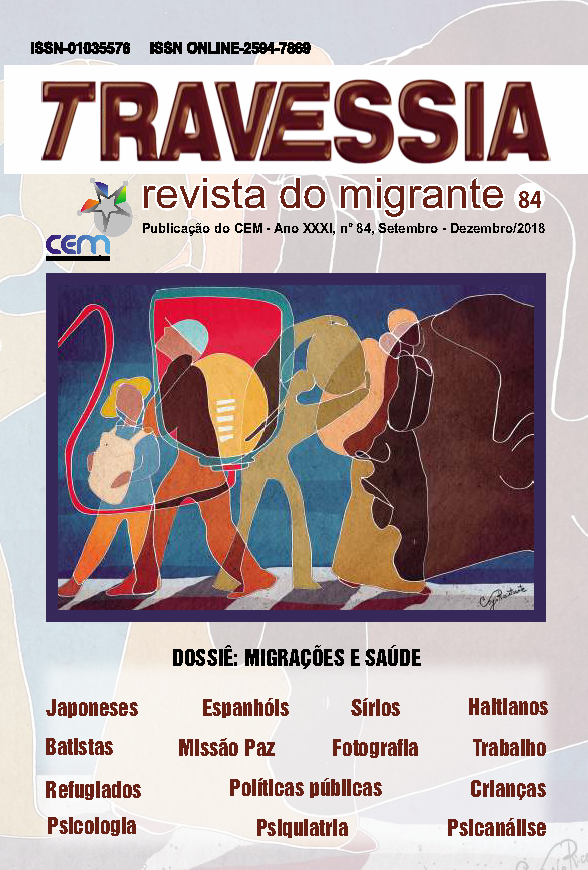Anatomia da saúde pública. Epidemias e enfermidades na São Paulo dos imigrantes, na passagem para o século XX
o caso dos espanhóis
DOI:
https://doi.org/10.48213/travessia.i84.915Keywords:
Mass immigration, Spanish immigration, Public health, Epidemics, Beneficent Associations, Popular Therapeutic PracticesAbstract
Conceived, in part, as a result of the mass immigration process, the sanitary model adopted by the State of São Paulo reflected the bond that associated the immigrant exclusively with the interests of the coffee economy. The impact of the arrival of the foreign mass and the complex population dynamics observed after the entry of those large contingents, if, on the one side, caused an imbalance motivated by the appearance of numerous diseases brought by them, on the other, made them face the diseases tropical, exotic to their bodies, causing, consequently, a clash between immunologically and culturally distinct populations. Given the lack of assistance to poor and sick immigrants and the neglect of state oligarchies regarding sanitary measures, this article intends to discuss how alternative solutions germinated within the Spanish colony located in São Paulo, whether originated by charitable associations and philanthropic associations carried out by members of the colony, highlighting how the use of old popular home practices of healing proliferated alongside the therapeutic traditions of immigrants as it grew, stimulated by the advertisements of weekly publications, the use of medicines, elixirs and preparations, to which miraculous properties were attributed.


